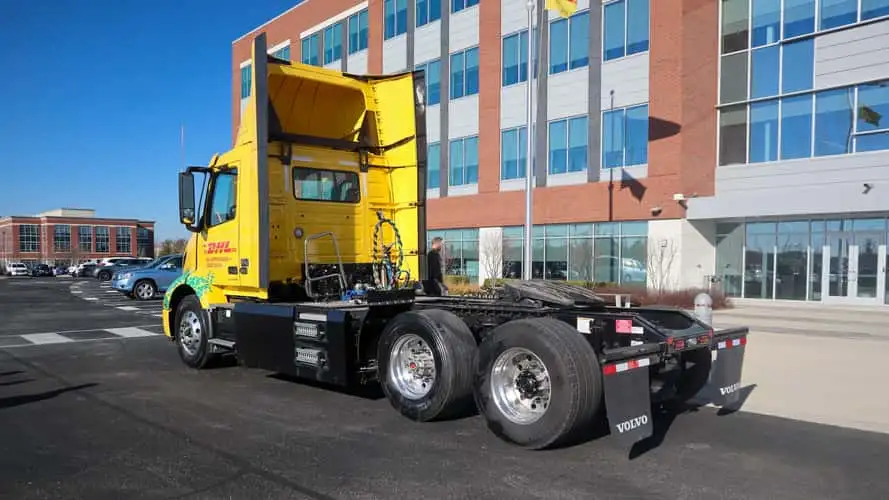DHL is undoubtedly a global leader in logistics, and now the company seems to be steering towards a far greener future by incorporating electric trucks into its fleet, particularly in regions like Ohio, often overlooked in the electrification race. The initiative reflects a broader shift in the industry towards sustainable practices.
These electric trucks are designed for last-mile deliveries
While California often steals the limelight in the electrified vehicle market, Ohio’s involvement with DHL’s electric trucks is significant. It presents a valuable case study for EV usage in less publicized areas, offering insights into their practicality beyond the typical settings.

DHL’s decision to pivot towards electric trucks, despite not being a major player in door-to-door parcel delivery in the U.S., demonstrates a commitment to reducing emissions in international and contract shipping. Their fleet, though not extensive, is set to include 17 electric trucks by spring 2024. This move aligns with the company’s global strategy, where they already operate 30,000 light-to-heavy duty EVs.
These electric trucks are tailored for last-mile deliveries, primarily in urban settings and shorter routes. This strategy is not just environmentally friendly but also economically sensible. Electric trucks consume about 50% less energy than their diesel counterparts, offering a substantial cost benefit in the long run.
DHL’s focus on testing these trucks outside of California, in places like Ohio, is strategic. It allows the company to assess the trucks’ performance in varied climates and conditions, ensuring their efficiency and reliability across different regions.
Charging infrastructure is a critical component of this transition. DHL’s approach of relying on in-house charging facilities, rather than public infrastructure, highlights a self-sufficient model that could inspire others in the industry.
The shift to electric trucks is more than just an environmental or economic decision. It’s about enhancing driver experience. Quieter, more comfortable, and quicker trucks mean less fatigue for drivers, potentially making the profession more attractive in an industry facing driver shortages.
DHL’s ambitious goal to electrify 30% of its fleet by 2030 is a testament to the potential of electric trucks in making shipping both cheaper and greener. As the industry evolves, DHL’s pioneering efforts could pave the way for a more sustainable future in logistics.
RELATED:
- Decathlon’s Latest Electric Mountain Bike, the Rockrider E-EXPL 700 Looks Sleek
- YT Industries Launches the 2024 Decoy MX Core Electric Mountain Bike
- Alldocube iWork GT 12: AMD 2-in-1 laptop, $100 off and free keyboard
- Best Apple Watch Cases in 2023: Spigen, Otterbox, Casetify & More







